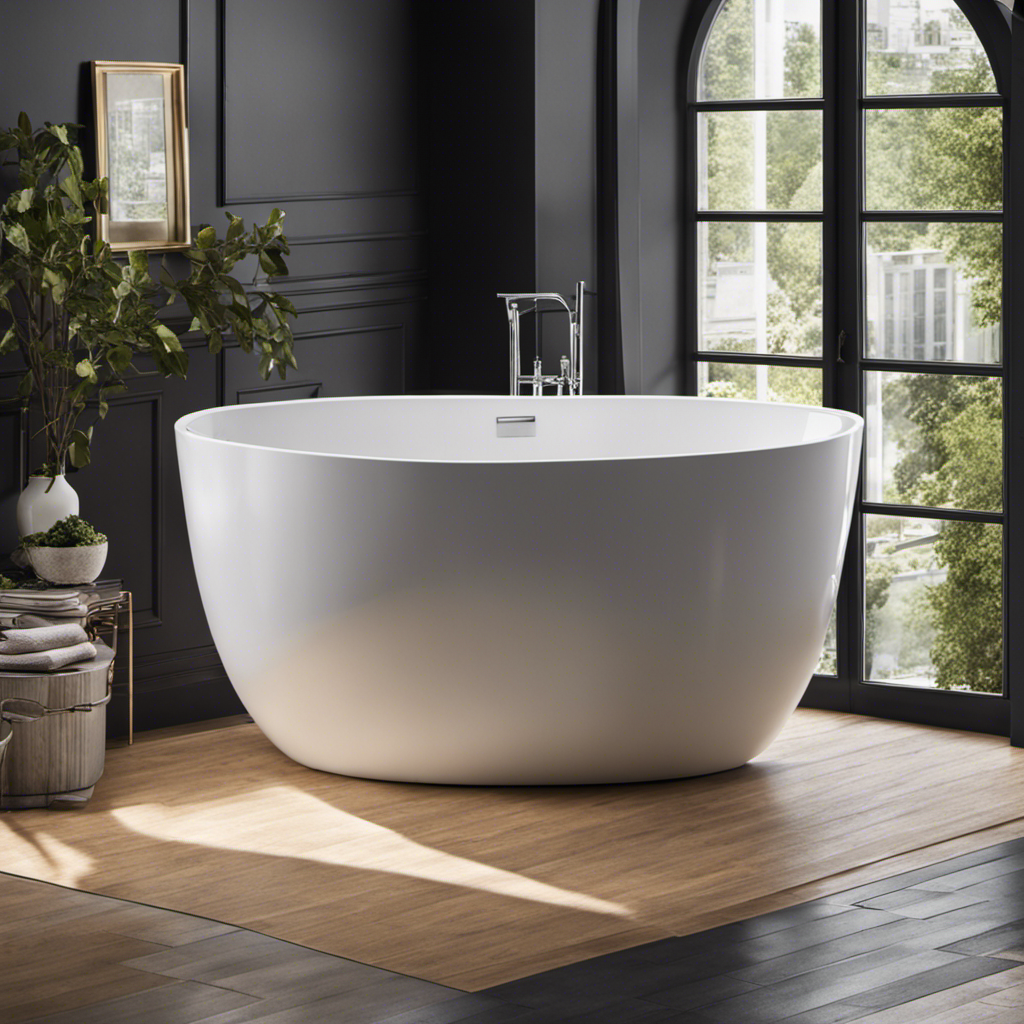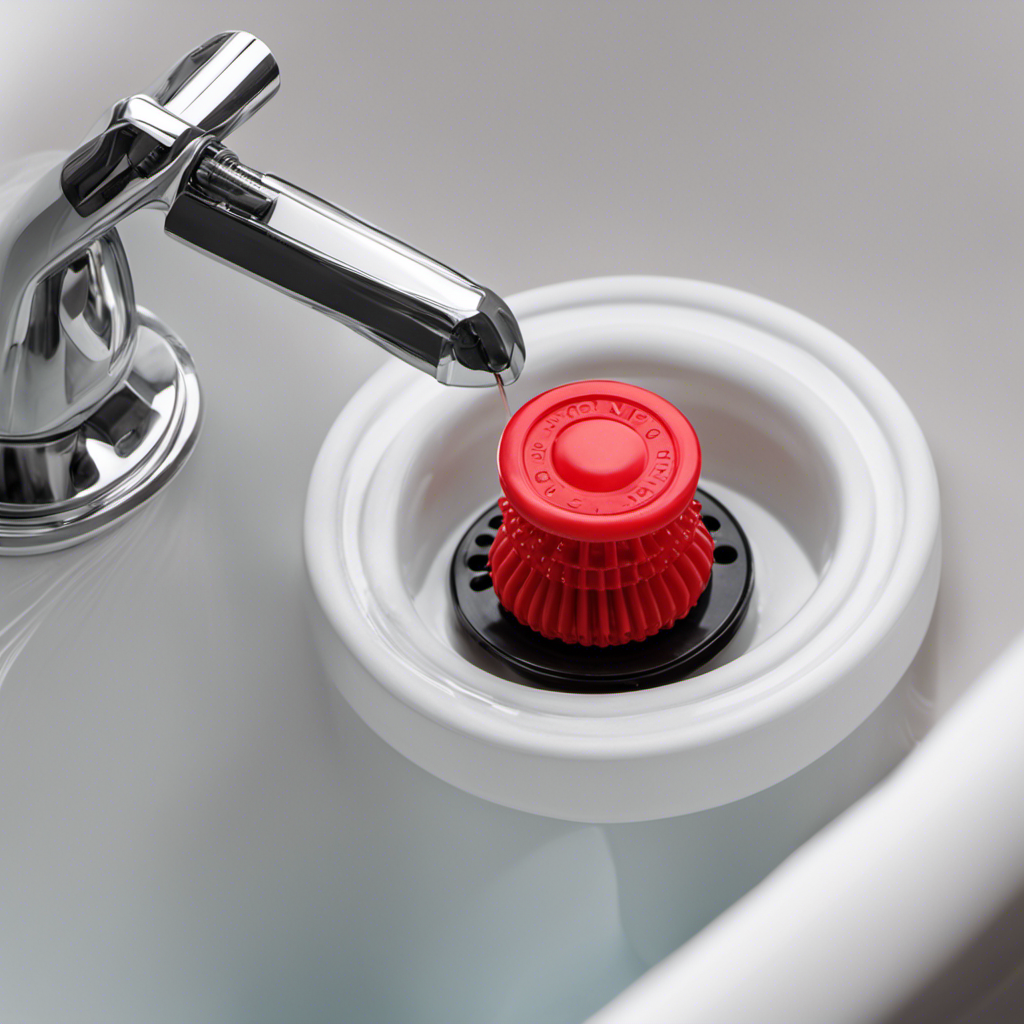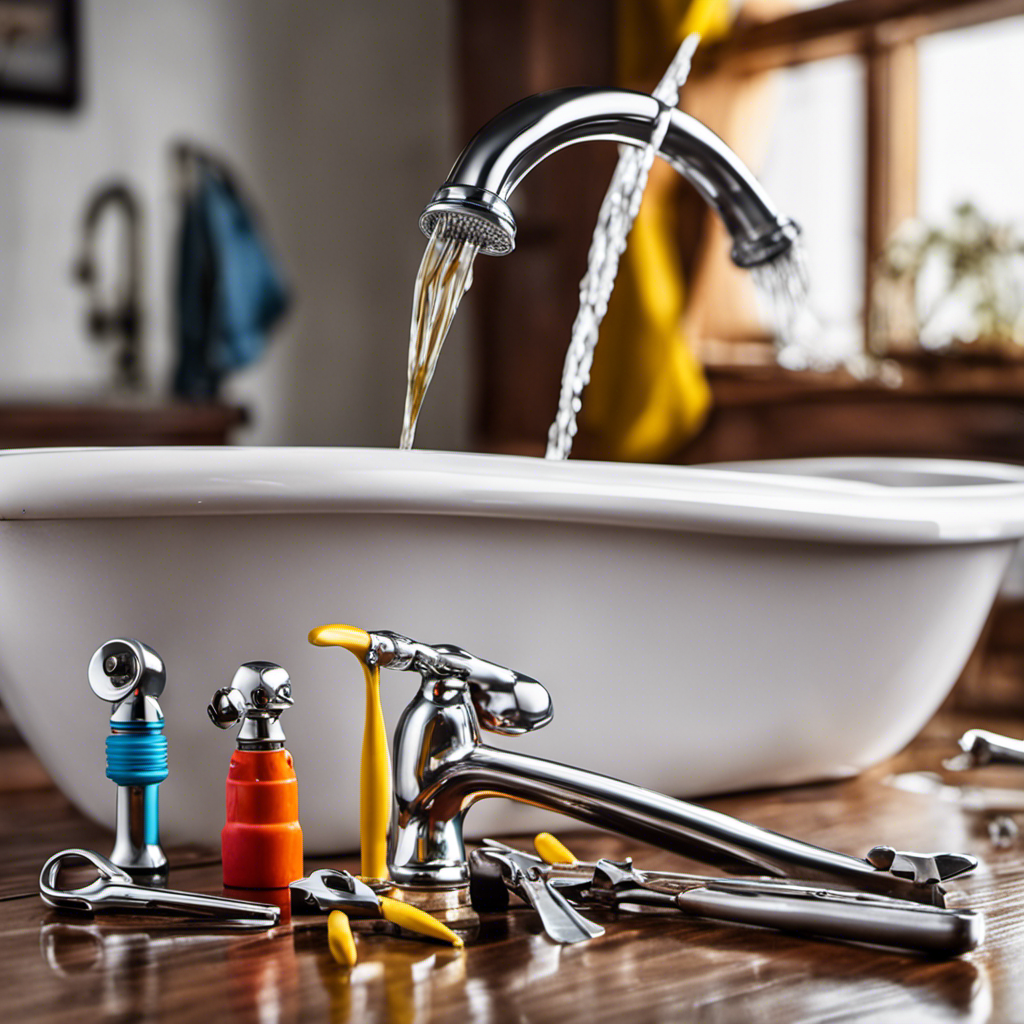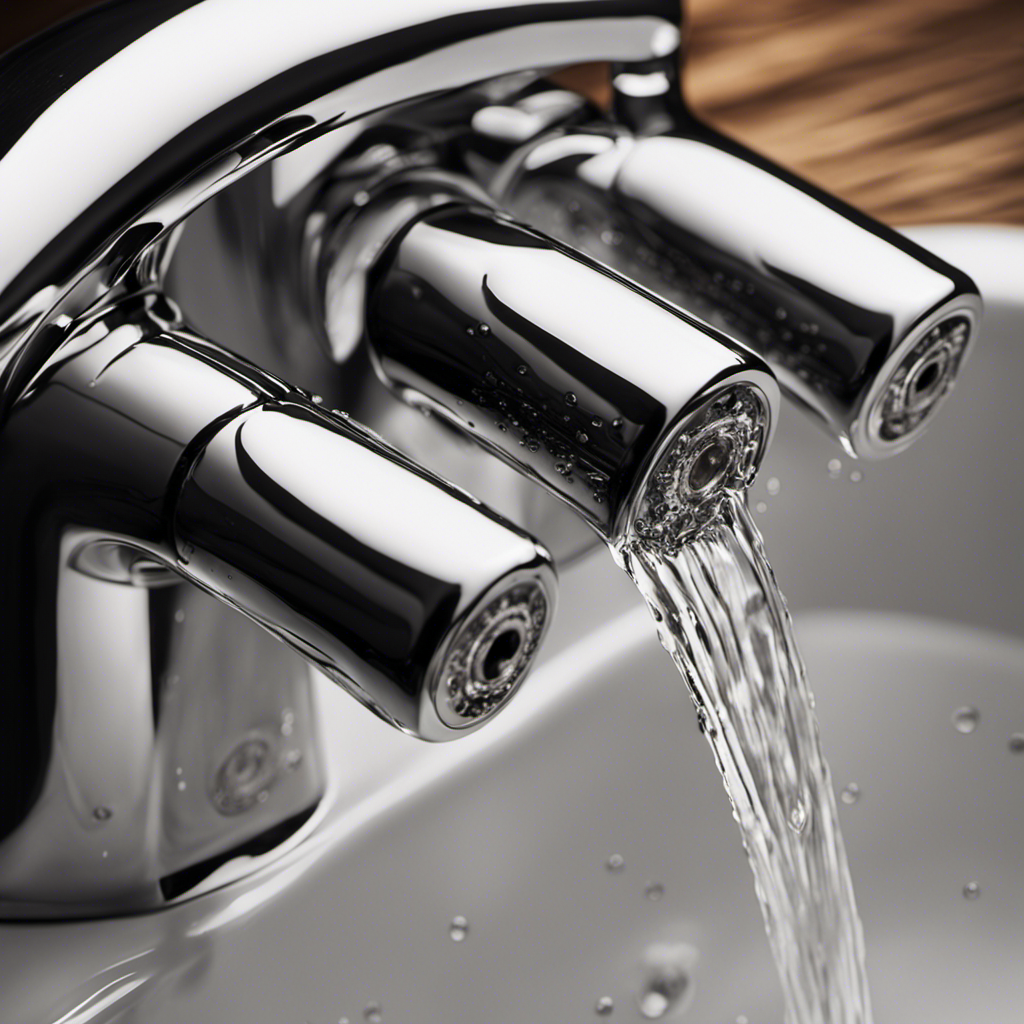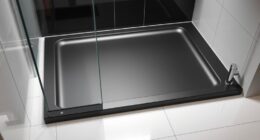I know what you might be thinking – does the height of a bathtub really matter? Well, let me assure you, it does. The best height for a bathtub can greatly impact your comfort, accessibility, and overall bathing experience.
In this article, we will explore the standard heights of bathtubs, discuss the factors to consider when choosing the right height, and weigh the pros and cons of both low and high bathtub heights.
So, let’s dive in and find the perfect bathtub height for you.
Key Takeaways
- The best height for a bathtub depends on the individual’s needs and preferences.
- Lower heights (14-16 inches) are suitable for individuals with mobility limitations or those who prefer a lower step-in height.
- Taller heights (17-20 inches) are recommended for individuals who have difficulty getting up or prefer a deeper soaking experience.
- Ergonomic considerations, accessibility for individuals with mobility limitations, safety features, and personal preferences should be taken into account when choosing the height of a bathtub.
Standard Bathtub Heights
The standard height for a bathtub is typically around 14-20 inches. When considering bathtub height options, it is important to keep in mind the comfort and accessibility of the user.
Lower heights, around 14-16 inches, are suitable for individuals with mobility limitations or those who prefer a lower step-in height. On the other hand, taller heights, ranging from 17-20 inches, are recommended for individuals who have difficulty getting up from a lower position or for those who prefer a deeper soaking experience.
It is crucial to consider the needs and preferences of the user when selecting the appropriate bathtub height. Consulting with a professional or an occupational therapist can provide valuable insights and recommendations to ensure the best choice for a comfortable and safe bathing experience.
Factors to Consider When Choosing Bathtub Height
When choosing a bathtub, there are several factors to consider. These include comfort, accessibility, safety, and personal preference. Here are four key considerations to keep in mind:
-
Ergonomic considerations: The height of the bathtub should be chosen based on the user’s comfort and ease of use. It should allow for easy entry and exit, minimizing strain on the body.
-
Accessibility for individuals with mobility limitations: If you or someone in your household has mobility limitations, it’s important to choose a bathtub height that allows for easy access. Consider options like walk-in tubs with low thresholds or adjustable height bathtubs.
-
Safety features: Look for bathtubs with safety features such as grab bars, non-slip surfaces, and built-in seats to enhance stability and reduce the risk of accidents.
-
Personal preference: Ultimately, the height of the bathtub should align with your personal preference and needs. Consider factors like your height, mobility, and any specific requirements you may have.
Pros and Cons of Low Bathtub Heights
Consider the pros and cons of opting for a lower bathtub height. When it comes to accessibility concerns, a lower bathtub height can be beneficial for individuals with limited mobility or disabilities. It allows for easier entry and exit, reducing the risk of accidents. Additionally, a lower height can also be more user-friendly for children and elderly individuals. However, it is important to balance accessibility with design and aesthetic preferences. Some individuals may prefer a higher bathtub height for a more luxurious and elegant look. It can also provide a deeper soaking experience. To highlight the pros and cons of low bathtub heights, let’s take a look at the following table:
| Pros | Cons |
|---|---|
| Improved accessibility | May compromise on design |
| Safer for individuals with limited mobility | Less deep soaking experience |
| User-friendly for children and elderly | May not suit everyone’s aesthetic preferences |
Considering these points, it is crucial to weigh the advantages and disadvantages before making a decision on the height of your bathtub. Now, let’s explore the pros and cons of high bathtub heights.
Pros and Cons of High Bathtub Heights
Opting for a higher bathtub height can provide a more luxurious and deep soaking experience, but it may not suit everyone’s aesthetic preferences. When considering the pros and cons of high bathtub heights, it’s important to keep in mind bathtub ergonomics and safety considerations.
Here are four key points to consider:
-
Improved Ergonomics: A higher bathtub height can make it easier to get in and out of the tub, reducing strain on the knees and back.
-
Enhanced Soaking Experience: The increased height allows for a deeper soak, providing a more immersive and relaxing bathing experience.
-
Safety Concerns: Higher bathtub heights may pose a risk for individuals with mobility issues or balance problems. It’s important to ensure proper safety measures, such as grab bars and non-slip surfaces, are in place.
-
Aesthetic Considerations: Some individuals may prefer the sleek and modern look of a lower bathtub height, as it can create a more visually appealing bathroom design.
Considering these factors will help you make an informed decision when finding the perfect bathtub height for you.
Finding the Perfect Bathtub Height for You
Finding the perfect height for your bathtub can greatly enhance your bathing experience. When considering the ergonomic considerations for bathtub height, it is essential to prioritize comfort and accessibility.
A bathtub that is too low can cause strain on the knees and back when getting in and out, while a bathtub that is too high may require excessive bending and stretching. To ensure accessibility, there are various options available for different bathtub heights.
For those with mobility issues or disabilities, lower bathtub heights or walk-in tubs with built-in seats and grab bars can provide ease and safety. Additionally, adjustable height bathtubs are an excellent choice as they allow you to customize the height according to your specific needs.
Conclusion
In conclusion, after considering the various factors and pros and cons of different bathtub heights, it is clear that there is no one-size-fits-all answer to what is the best height for a bathtub.
It ultimately comes down to personal preference and individual needs. Whether you opt for a low bathtub height for easy accessibility or a high one for added comfort, the key is to find the perfect balance that suits your lifestyle.
Remember, like a well-fitted glove, the right bathtub height can make your bathing experience a seamless joy.
